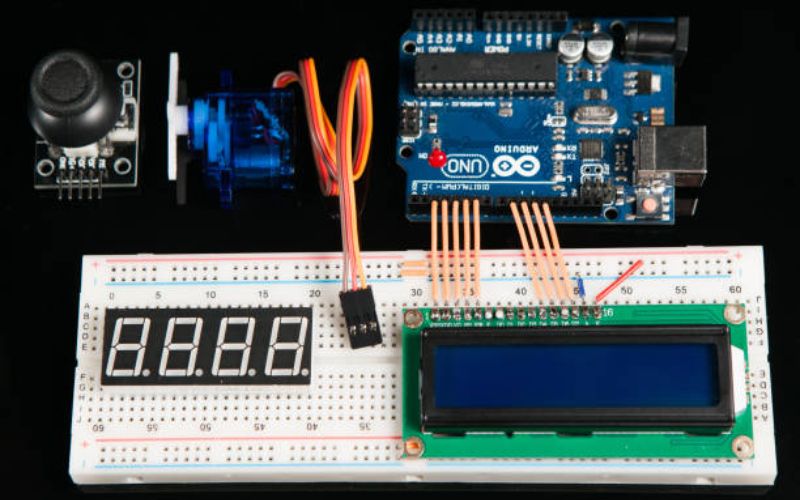Introduction
Heat pipes are widely used in many different industries to transfer heat from one place to another. They are efficient, reliable, and cost-effective, which is why they have become such a popular choice. However, these small tubes may not always be the best option for every application. In this article, we will explore some of the alternatives to heat pipes that can be used to transfer heat.
Thermal Grounding
Thermal grounding is a new method that involves transferring the heat to a large, flat surface instead of a small tube. This method is particularly suitable for areas with low heat flux densities. Thermal grounding is a flexible solution that can be customized for each application. It is also an effective way to reduce temperatures in electronic devices. Additionally, thermal grounding can be used to dissipate heat from flat surfaces, making it ideal for use in LED lighting.
Phase Change Materials
Phase change materials (PCMs) are substances that can absorb large amounts of heat when they change from solid to liquid. When the ambient temperature drops, these materials solidify and release heat. They can be used as an alternative to heat pipes to provide high thermal conductivity and latent heat storage. PCMs are ideal for applications where heat needs to be stored and released periodically, such as in solar thermal plants.
Thermosyphons
Thermosyphons are devices that use the natural convection of a working fluid to transfer heat. They are similar to heat pipes but do not include a wick or capillary action. Thermosyphons can be used in applications where gravitational forces are important, such as spacecraft thermal control. They can also be used to cool high-power electronics.
Loop Heat Pipes
Loop heat pipes (LHPs) are similar to heat pipes but can transfer heat over long distances. They can be up to several meters in length, making them ideal for applications where heat needs to be transferred over a significant distance. LHPs are commonly used in aerospace applications, where they transfer heat from the spacecraft to a radiator.
Thermal Diodes
Thermal diodes are devices that allow heat to flow in only one direction. They are ideal for applications where heat needs to be transferred from one location to another, but not back again. Thermal diodes can be used in electronics to stabilize the temperature of an object sensitive to temperature changes.
Direct Liquid Cooling
Direct liquid cooling involves passing a liquid directly over the surface of a heat-generating component. This method is particularly suitable for high power electronics applications. Direct liquid cooling can achieve high cooling efficiency and is therefore a popular alternative to heat pipes. Additionally, direct liquid cooling can be used in extreme environments, such as in military applications.
Heat Exchangers
Heat exchangers are devices that transfer heat from one fluid to another. They are commonly used in HVAC applications and in refrigeration. In many cases, heat exchangers can be used as an alternative to heat pipes. They can be designed to transfer heat over long distances or in tight spaces.
Thermal Pads
Thermal pads are soft, highly conductive materials that can be used to transfer heat from one surface to another. They are often used in electronics applications, such as CPUs and GPUs. These inexpensive pads can be used in place of heat pipes for some applications, particularly when heat needs to be transferred over short distances.
Thermal Sprays
Thermal sprays are materials that can be sprayed onto a surface to increase its thermal conductivity. They are often used in industrial applications and can be used in place of heat pipes in some cases. Thermal sprays can be customized to suit each application, making them a flexible solution.
Conclusion
While heat pipes are a popular choice for many applications, they are not always the best solution. Depending on the application, there may be other alternatives that are more suitable. The options discussed in this article provide a starting point for exploring different heat transfer techniques.
Quote Inquiry
Contact us!

